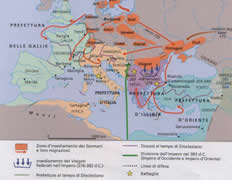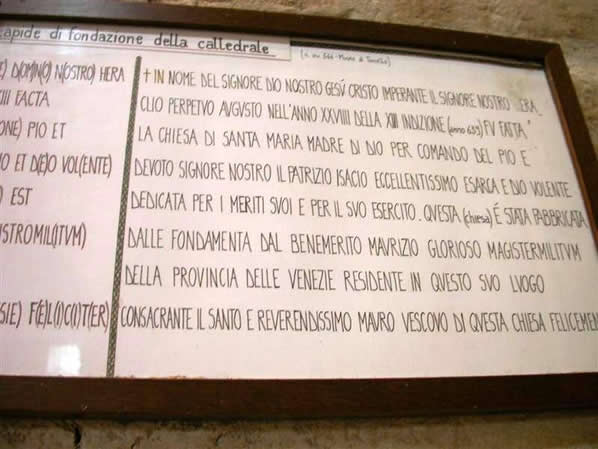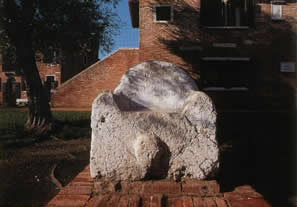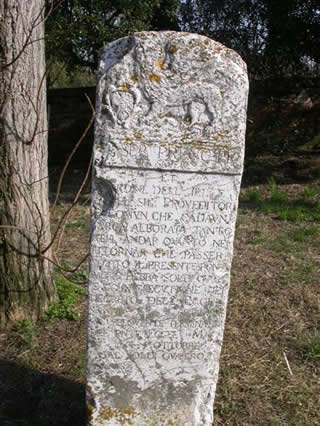In the 5th Century ad, when Venice was born, the Roman Empire was permanently split into two parts: the Eastern Byzantine Empire which existed until 1453, when the Turks took possession of its capital Constantinople and the Western “Holy Roman” Empire with its capital in Rome until it was eventually broken up under the pressure of various peoples coming from the North-East of Europe . According to legend, the birth of the Venice dates back to this time and, more specifically, coincides with the inauguration of the church of San Giacometto on 25th March 421. Historians, on the other hand, believe that lagoon settlements had already developed on just the islands in the Tenth Region according to division of Italy introduced by the Emperor Augustus. The settlers on the islands in the lagoon were engaged in fishing and the manufacture of salt, the only goods they could barter for all they needed, were later joined by inhabitants from the mainland forced to find refuge during the first passages of nomadic and bellicose peoples coming from the North-East.
To begin with, these people stayed on the lagoon islands temporarily, later returning to normal life once the “barbarians” had passed their cities. However, after the Visigoths invasions, the Huns arrived in 452 and destroyed the cities of Aquileia, Altino, Oderzo, Padua and Concordia, thus causing the forced migration of these cities’ population towards the coast and the lagoon. Here they settled around the Rivo Alto, later known as Rialto and the highest point of the lagoon, and on the island of Torcello.
The year 568 saw the first invasion by the Lombards from the area that is now Hungary after a long period of peace thanks to the Roman Emperor Justinian’s victory over the Ostrogoths led by King Totila and the resulting re-annexation of the territories of Ravenna and Veneto to the Byzantine Empire. The Lombards invaded the Friuli region and part of Veneto, again causing mass migration from many cities to the islands in the lagoon: the people of Concordia founded Caorle, while those of Altino headed for Torricellum, modern-day Torcello, led by their bishop and in 639 started building the Cathedral of Santa Maria Assunta . Typical of this migration was the fact that, together with the people, representatives of the highest civil and religious offices also fled to the lagoon, maintaining their roles and functions in their new land.







